Reading
Early Reading
Children at Redfield Edge are supported in their early reading through the teaching of phonics. We teach the children phonics through Letters and Sounds. Our guide to phonics can be found here
VIPERS
At Redfield, we teach reading comprehension skills through VIPERS, but what are Vipers?
VIPERS is an acronym to aid the recall of the 6 reading domains as part of the UK’s reading curriculum. They are the key areas which we feel children need to know and understand in order to improve their comprehension of texts.

VIPERS stands for
Vocabulary
Inference
Prediction
Explanation
Retrieval
Sequence (KS1) or Summarise (KS2)
The 6 domains focus on the comprehension aspect of reading and not the mechanics: decoding, fluency, prosody etc. As such, VIPERS is not a reading scheme but rather a method of ensuring that children are asked and are familiar with, a range of questions. They allow the teacher to track the type of questions asked and the children’s responses to these which allows for targeted questioning afterwards.
At Redfield we have given the VIPERS special names too! Introducing:
- Vicky Vocabulary
- Iggy Inference
- Polly Prediction
- Elsie Explanation
- Suzie Sequence/Summarise
Below, we have linked some question stems for you to use at home if you wish, along with a reading VIPERS printable bookmark.
VIPERS Presentation for Parents
Printable KS2 VIPERS Bookmark x2
Post Phonics Reading Ideas
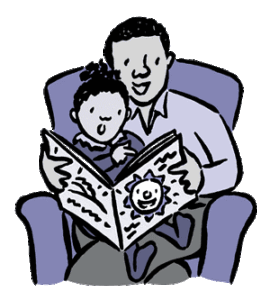
Each week, your child needs to read aloud to an adult at home, this is especially important as your child gets older. Research has suggested that reading to a 4-5 year old more frequently (every day or almost every day instead of twice a week) had the same effect on children’s reading at 8-9 years old as almost being 12 months older! (Kalb, 2013)
This doesn’t always have to involve them reading and you listening. Every child is different and what works for one will not work for another! As long as the discussion or activity you complete links to reading, we are happy for you to adapt and manage the time to suit you and your child. Below is a list of activities you could try with your child:
- Listen to them read for the majority of the time
When you do this, ensure you can see the text and check they are 100% accurate with their observation of the punctuation, are not missing or adding words and are producing the right tone to support the meaning of the text.
- Read to them
Hearing quality writing read perfectly, with good tone and intonation, really helps the child to ‘hear’ the effect the author is trying to present within the writing. It also allows your child to connect unfamiliar vocabulary with its printed form. For this to work well, it is vital that your child can see and is reading the text with you as you read aloud.
- Author study
Find another book by the same author and read the first paragraph or page. What makes the content similar or different to the book your child is reading? Are there any grammatical features which are common in both books?
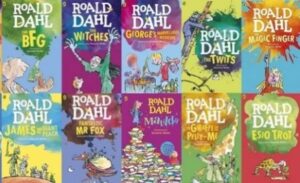
- Compare themes
Do any of the themes in the book remind you or your child of other books they have read? Can you find examples in the other book to support your ideas?
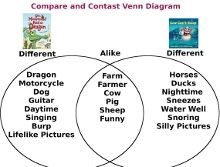
- Change the vocabulary
Choose a section in the text and discuss which words could be swapped to change the effect of the meaning the author is trying to create. Brainstorm synonyms and antonyms or try playing ‘word association’ to help your child develop a wider vocabulary.

- Look at the grammar
Every sentence has been written for a reason. Discus why the author has used a simple sentence or a complex sentence or why they have repeated the same word several times. Everything has been done for a reason, why? How would changing it make it better or worse?
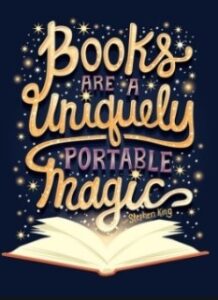
- Picture books
Picture books are amazing! They contain very little text so every word really matters. Can your child tell the story just from the pictures? Could they explain the moral or the message in the story if they haven’t seen the pictures? Do the picture support or contradict the text? Why?
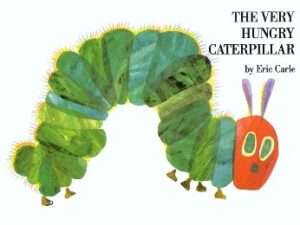
- Magazines, newspapers, internet, dictionaries and instructions
Reading doesn’t always have to be from a fictional book! Share a favourite magazine or webpage and discuss what you’ve both read. The conversation and the inference is just as important as the reading.
The children love to play dictionary games. Choose a letter or a page, what is the longest, shortest, craziest word you can find? How could you use it? What is the opposite? Can they say the word when you are having dinner without the other adult or sibling noticing it?
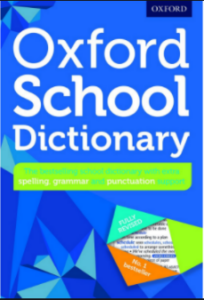
Instructions are great for ordering and inference as they are often so vague! Think about what would help here or what should be added or taken out.
There are also lots of activities you can use to develop older children’s comprehension skills here:
Additional Reading Activities to develop comprehension skills KS2
At Redfield Edge, we want children to develop a love a reading that enables them to be life long learners. We believe that part of developing a love of reading is to expose children to a wide range of texts and authors. We knowledge how hard it can be for parents to find appropriate and varied texts to read with their children. Below are some recommended reading lists:
SLS-2019-20-Recommended-Reads-Year-R-Booklist
SLS-2019-20-Recommended-Reads-Year-1-Booklist
SLS-2019-20-Recommended-Reads-Year-2-Booklist
SLS-2019-20-Recommended-Reads-Year-3-Booklist
SLS-2019-20-Recommended-Reads-Year-4-Booklist
SLS-2019-20-Recommended-Reads-Year-5-Booklist
SLS-2019-20-Recommended-Reads-Year-6-Booklist
Digital Libraries
ks3-digital-library-1 older-chapter-books-digital-library picture-books-digital-library


